Change and continuity
Consideration of change and continuity tends to be a feature of period and thematic studies. The latter, in particular, make it possible for students to examine trends and turning points over time, looking at those dimensions which remain stable while others alter, and examining the varying pace, direction and nature of those alterations. Another aspect of change and continuity – one that can also be explored within shorter depth studies – is the lived experience of change: how particular developments were experienced and understood by those who lived through them. These materials provide important insights into common student misconceptions and illustrate a range of strategies for planning and teaching (including the choice of worthwhile historical questions) that will support the development of more effective analytical descriptions of change and continuity. Read more
-
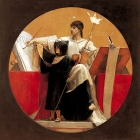
Key Concepts at Key Stage 3
Multipage ArticleClick to view -

Learning from a pandemic
ArticleClick to view -

Move Me On 139: teaching about change and continuity
ArticleClick to view -

New, Novice or Nervous? 150: Getting pupils to see change over time
ArticleClick to view -

New, Novice or Nervous? 162: GCSE Thematic Study
ArticleClick to view -
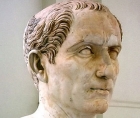
Out went Caesar and in came the Conqueror: A case study in professional thinking
ArticleClick to view -

Past Foward: Continuity and progression
ArticleClick to view -

Placing history: territory, story, identity - and historical consciousness
ArticleClick to view -
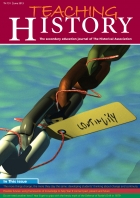
Teaching History 151: Continuity
ArticleClick to view -
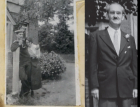
Teaching Year 9 to argue like cultural historians
ArticleClick to view -
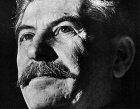
Teaching history's big pictures: including continuity as well as change
ArticleClick to view -

Transatlantic slavery – shaping the question, lengthening the narrative, broadening the meaning
ArticleClick to view -
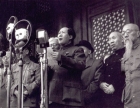
Transforming Year 11's conceptual understanding of change
ArticleClick to view -

Triumphs Show 167: Keeping the 1960s complicated
ArticleClick to view -

Understanding 'change and continuity' through colours and timelines
ArticleClick to view -

Unpacking the suitcase and finding history: doing justice to the teaching of diverse histories in the classroom
ArticleClick to view -

Using individuals’ stories to help GCSE students to explain change and causation
ArticleClick to view -
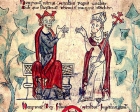
Using timelines in assessment
ArticleClick to view -

What’s The Wisdom On... change and continuity?
ArticleClick to view -
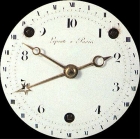
Why are you wearing a watch? Complicating narratives of economic and social progress
ArticleClick to view

